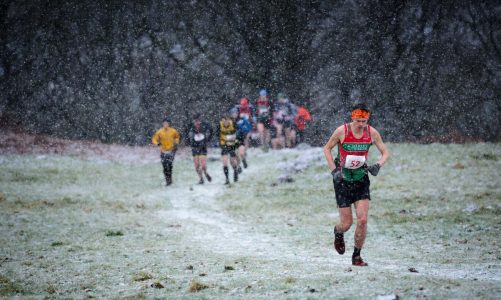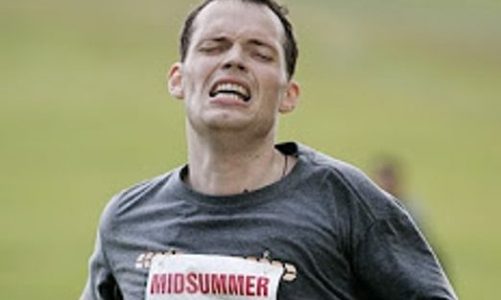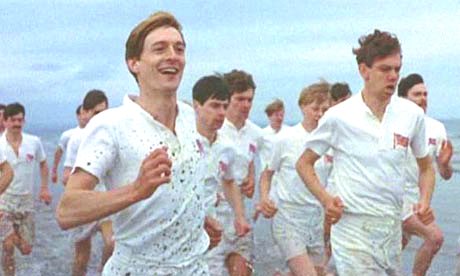Welcome – thanks for dropping in.
I’m Dr. Neil Baxter, a sociologist and writer who’s fascinated by running.
I’m not especially interested in records and medals and who-won-what-when, nor even training plans and exercise advice. What fascinates me is the interaction between running and society, its evolving meanings and roles in supporting our sense of who we are, and the ways it reflects the values and needs of different periods and groups.
This website offers a window on my work as well as a way into others’ research on running. So far, my studies have spawned a PhD thesis and a book (due to be published in spring 2021). At the moment, I’m researching another book, focusing on the cultural history of running.
I hope you enjoy the mixture of stories, statistics and sociology on this site, and that it helps to demonstrate that studying running teaches us much about the society we live in today.





